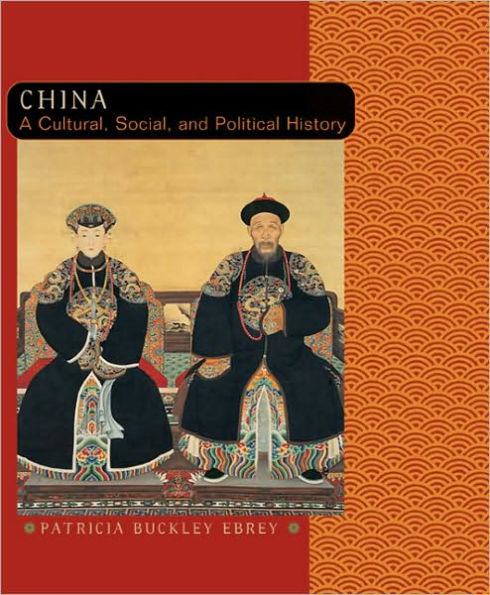5
1
9780618133871


China: A Cultural, Social, and Political History / Edition 1 available in Paperback

China: A Cultural, Social, and Political History / Edition 1
- ISBN-10:
- 0618133879
- ISBN-13:
- 9780618133871
- Pub. Date:
- 10/18/2005
- Publisher:
- Cengage Learning
- ISBN-10:
- 0618133879
- ISBN-13:
- 9780618133871
- Pub. Date:
- 10/18/2005
- Publisher:
- Cengage Learning

China: A Cultural, Social, and Political History / Edition 1
$199.95
Current price is , Original price is $199.95. You
$199.95
This item is available online through Marketplace sellers.
$51.39
This item is available online through Marketplace sellers.
199.95
Out Of Stock

Product Details
| ISBN-13: | 9780618133871 |
|---|---|
| Publisher: | Cengage Learning |
| Publication date: | 10/18/2005 |
| Series: | World History Ser.: Specialized Courses |
| Edition description: | New Edition |
| Pages: | 352 |
| Product dimensions: | 7.40(w) x 9.00(h) x 0.60(d) |
About the Author
From the B&N Reads Blog

